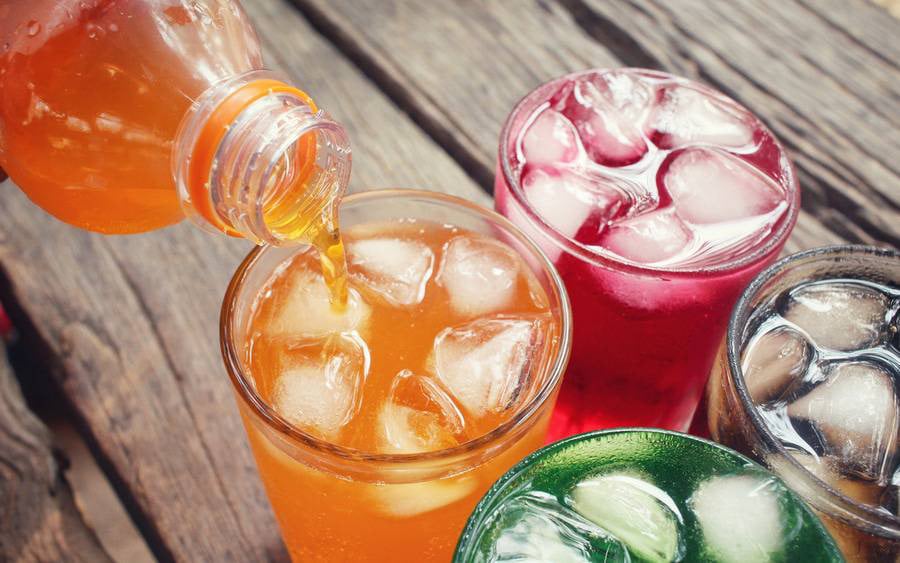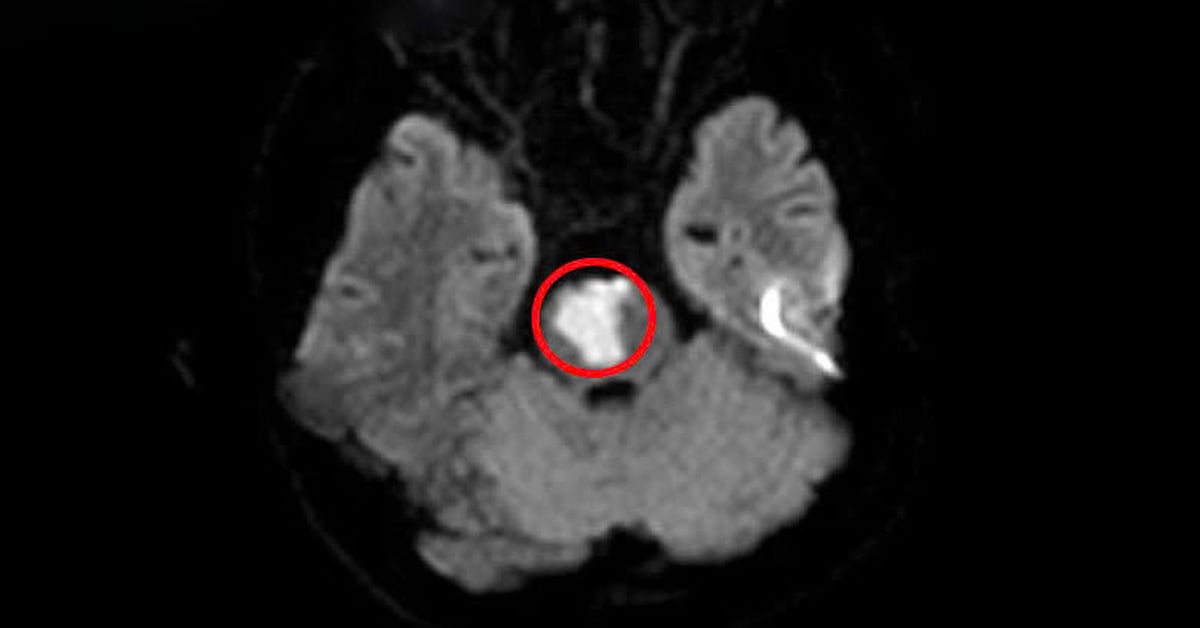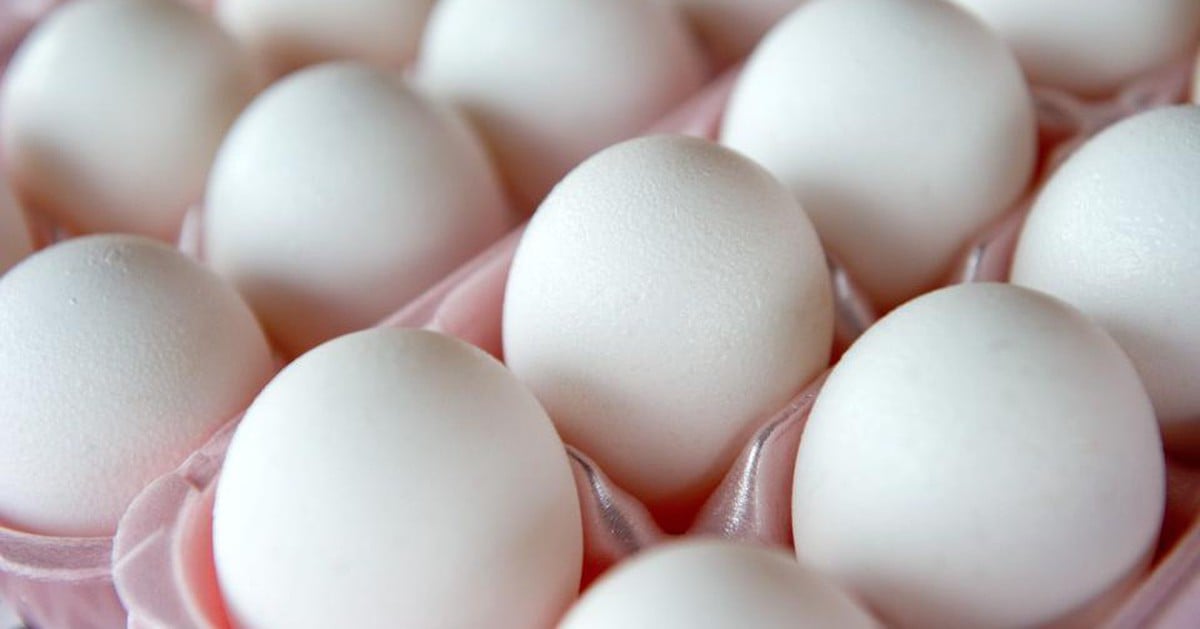According to Healthline, a study shows that not only the amount of sugar consumed, but also its source and frequency of consumption play an important role in causing the risk of cardiovascular disease.

Drinking sugary drinks increases the risk of stroke, heart failure and atrial fibrillation - Photo: Scripps Health
According to research published in Frontiers in Public Health , consuming too much added sugar increases the risk of stroke or aneurysm. However, consuming just a few sweet treats occasionally is associated with a lower risk of cardiovascular disease.
Conversely, drinking sugary drinks is associated with a higher risk of stroke, heart failure, and atrial fibrillation.
The link between added sugar and heart disease
To conduct the study, scientists analyzed data from two large studies, the Swedish Mammography Cohort and the Cohort of Swedish Men . They used dietary questionnaires completed in 1997 and 2009 to understand changes in people's diets.
After ensuring that both datasets met the same criteria and excluding independent risk factors, nearly 70,000 participants were included in the study. The team then divided people's sugar consumption into three categories: sugar-coated foods, sweets, and sugar-sweetened beverages.
They also identified seven types of cardiovascular disease including atrial fibrillation, aortic aneurysm, aortic valve stenosis, ischemic stroke, hemorrhagic stroke, myocardial infarction, and heart failure. Participants were followed until they died, were diagnosed with one of these diseases, or until the end of the follow-up period in 2019.
In total, nearly 26,000 people were diagnosed with cardiovascular disease. Sugary drinks were found to have the worst health effects, increasing the risk of ischemic stroke, heart failure, atrial fibrillation, and aortic aneurysm.
However, eating sweets occasionally yields better results than not eating them at all, according to researchers.
While the researchers cannot explain the phenomenon, they suggest that people who avoid sweets altogether may have strict diets or other health problems. They believe that the findings suggest that it is not necessary to limit sugar to extremely low levels to benefit heart health.
Why do sugary drinks increase the risk more?
Sweetened drinks — such as soda, energy drinks, sweetened coffee or tea — are high-glycemic drinks, meaning they quickly spike blood sugar, explains Michelle Routhenstein, RD, a cardiologist at the American Heart Association.
Routhenstein goes on to explain that consistently consuming high-sugar drinks can overload the body's ability to process this sugar, contributing to insulin resistance.
“Over time, this can lead to impaired glucose metabolism, which is associated with increased fat storage, inflammation, and blood vessel damage—all of which are risk factors for cardiovascular disease,” says Routhenstein.
On the other hand, occasional sweets don't create a state of overload. "Because you consume them infrequently, they don't create a chronic overconsumption, allowing the body to process glucose normally without affecting metabolism," she concludes.
What is "occasionally"?
Bharathi Ramesh, a New York-based clinical nutritionist and researcher, explains that "occasional" usually means consuming sweets in moderation—no more than once or twice a week, depending on your eating habits and personal health goals.
Additionally, Ramesh notes that the American Heart Association (AHA) recommends keeping added sugar intake below 10 percent of total daily calories. “For example, on a 2,000-calorie diet, this equates to less than 50 grams (about 12 teaspoons) of added sugar per day,” she says.
Ramesh gives the example of a typical 12-ounce can of soda containing about 35-50 grams of sugar. This exceeds the AHA's recommendation for most people. But a smaller serving, like a 6-ounce can, which would contain about 18-20 grams, could fit within the recommended range if most other sources of sugar are avoided.
“Similarly, a small sweet treat, such as a cookie or a slice of cake with about 15-20 grams of sugar can also fit within the daily limit,” says Ramesh, “as long as total sugar intake from other foods and drinks is carefully controlled.”
She also recommends checking for hidden sugars in drinks like flavored coffees, sports drinks, and fruit juices when buying sweetened beverages. These can add up quickly.
As for sweets, she says portion size control is important to avoid exceeding the added sugar limit set by the AHA.
“Regular exercise and a balanced diet rich in fruits, vegetables, lean proteins and whole grains help minimize the potential negative effects of occasional sweets consumption,” Ramesh concludes.
Source: https://tuoitre.vn/do-uong-co-duong-lam-tang-nguy-co-mac-benh-tim-mach-cao-hon-20241211184237741.htm






































![[Photo] Prime Minister Pham Minh Chinh chairs Government Conference with localities on economic growth](https://vstatic.vietnam.vn/vietnam/resource/IMAGE/2025/2/21/f34583484f2643a2a2b72168a0d64baa)
























































Comment (0)